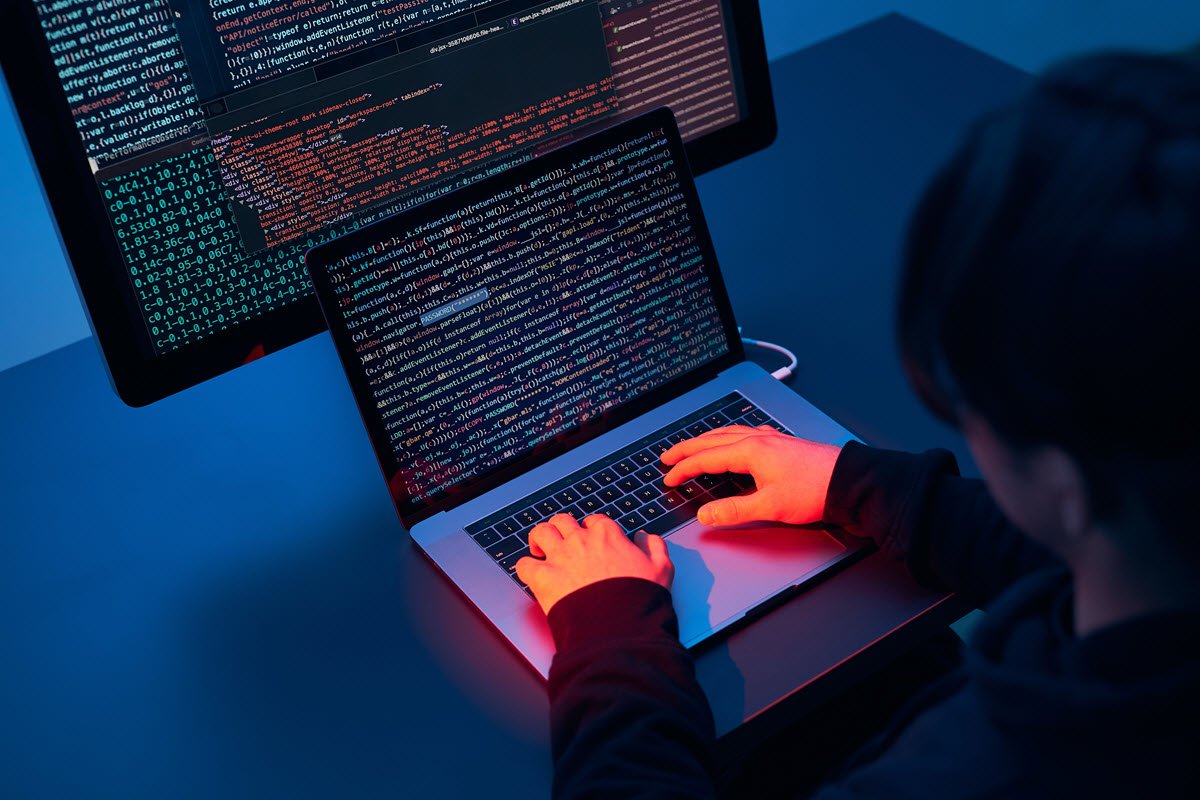
There are ethical and moral reasons to prioritize student data privacy. There are also compliance reasons – federally mandated requirements for handling student data – that make it imperative. But at the end of the day, districts who do not prioritize student data privacy do so at the risk of costing their districts and their communities an unfathomable amount of money. Already in 2023, school districts in Iowa and Massachusetts fell victim to cyberattacks.
Cost of Student Data Breaches
According to the GAO, “the loss of learning following a cyberattack ranged from three days to three weeks, and recovery time could take anywhere from two to nine months. The financial impacts on schools can be broad. Officials reported monetary losses to school districts ranging from $50,000 to $1 million due to expenses caused by a cyber incident.” There were attacks on nearly 1,000 different schools impacting nearly a million students. Even more concerning is that hackers have begun to use tactics that further threaten the schools – even when they do pay a ransom to unencrypt the data, they are then further blackmailed into paying an additional ransom to prevent the data from being posted to the dark web. Beyond the monetary costs of these attacks are the costs of downtime. While the average school was only shut down for four days, the recovery process often takes a month or longer. In terms of a school year, a month is like an eternity. Those costs could rise further with expected litigation.
What’s Holding Districts Back from Better Cybersecurity?
In many cases, there is a perception that investing in cybersecurity is a budget breaker for districts. It can be overwhelming to know what cybersecurity measures are necessary and where to prioritize the investment. Even in larger districts with internal IT teams are often unsure how to proceed with developing a comprehensive plan to protect student data privacy or how to obtain the external resources they need to make it happen.
Cybersecurity Measures Cost Far Less than a Data Breach
Many of the steps schools must take to be more cybersecure cost far less than coping with a data breach that could result in ransoms, downtime, and legal issues. In fact, many of the steps districts can take to improve student data privacy are required to qualify for cybersecurity insurance.
GG4L School Passport Helps Protect School Districts
School Passport allows schools to integrate their SIS and/or LMS with School Passport one time in order to use one-click rostering with thousands of edtech applications. Schools also gain access to a library of vetted edtech choices so that teachers can select solutions for their classrooms without downloading rogue edtech directly from the internet and sharing student data. And with IDM embedded in School Passport, school administrators don’t have to manually create, update, or delete accounts.
Threats against schools are painful and costly – and cybercriminals are only becoming more brazen in their willingness to attack schools. Be more proactive to make sure your district isn’t the next victim. School Passport is the open standards platform that securely integrates everything. Learn more.

